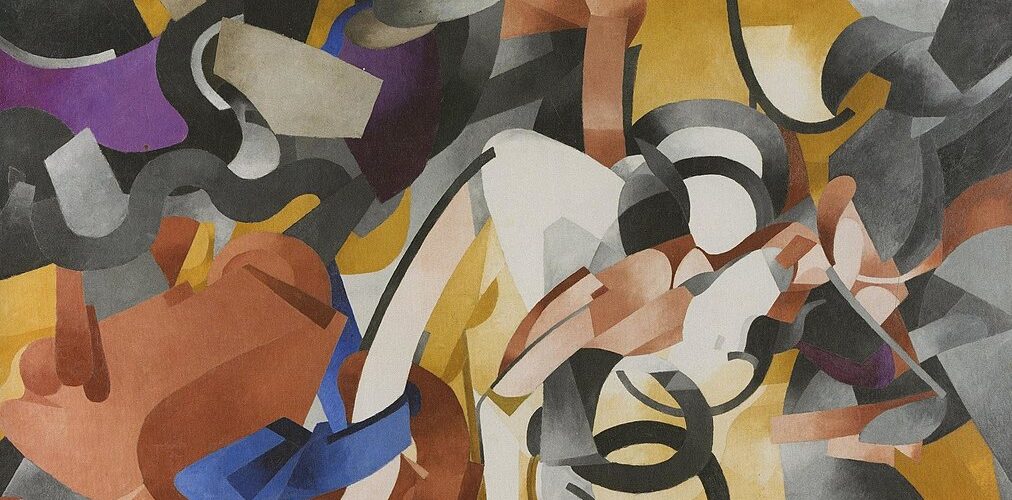The Guggenheim Museum Sheds Light on Orphism in Its New Exhibition

20th-century European modernist art has many branches and movements. These include Fauvism, Expressionism, Cubism, Surrealism, and the list can go on endlessly. One of the not-so-popular movements is Orphism, which is often looked down upon as an unfashionable modernist style. Yet, interested audiences can get acquainted with Orphism at “Harmony and Dissonance: Orphism in Paris, 1910–1930,” an ongoing exhibition at the Guggenheim Museum, dedicated to reconsidering the value of Orphism in modern art.
A Quick Introduction to Orphism
Orphism as an art movement was developed by Guillaume Apollinaire, a poet and visionary. This art style was originally proposed as a less intellectual and more poetic vision of life and the universe, according to Apollinaire’s 1913 statement. He recognized unique Orphism elements in the paintings by Robert Delaunay and Francis Picabia, whose works represented bright, stylized images composed of fractured forms depicted in a dance-like manner. In Appollinaire’s vision, these images turned sound into image, thus embodying the spirit of the Greek mythological hero Orpheus, a talented musician with magical powers.
Orphist Motifs and Inspirations
The main distinction of Orphism is an artist’s decomposition of their images into brightly colored elements. It was subjected to a more formal intellectual analysis in the middle of the 19th century, with M. E. Chevreul finding how the human eye perceives bright color hues placed next to one another. This way, Orphist artists heavily relied on the Cubist tradition, creating bright, recognizable visual imagery that one could hardly pass by or forget.
Artist Lineup at “Harmony and Dissonance” at the Guggenheim Museum
The present-day exhibition at the Guggenheim Museum captures the period from 1910 to the 1930s, presenting Orphism as a pivotal transitional stage of modern Western art. The opening part of the exhibition features early works by Delaunay and Picabia – the painters who inspired the intellectual concept of Orphism. Delaunay’s circular painting featuring the Moon shattered in a set of brightly colored disks serves as a classic example of the Orphist visual language. Picabia’s Orphist legacy is represented by his 1913 painting Edtaonisl (Ecclésiastique), which looks like an internal machine explosion. Though the two works are profoundly different from one another, they both bear traces of what Apollinaire called Orphism at the movement’s onset.
Among other artists included in the exhibition are František Kupka and Morgan Russell. Kupka’s Localization of Graphic Motifs II, created in 1912-1913, features an angel-like image, with its wings radiating vividly colored halos spread across the entire canvas. Russell’s painting Four Part Synchromy, created in 1914-1915, is also part of the Orphist exhibition, though Apollinaire actually regarded Russell as a “vaguely orphic” artist.
“Harmony and Dissonance: Orphism in Paris, 1910–1930” started at the Guggenheim Museum on November 8, 2024, and will be available for view until March 9, 2025, welcoming every interested visitor to familiarize themselves with the colorful and dreamlike modernist art style.
